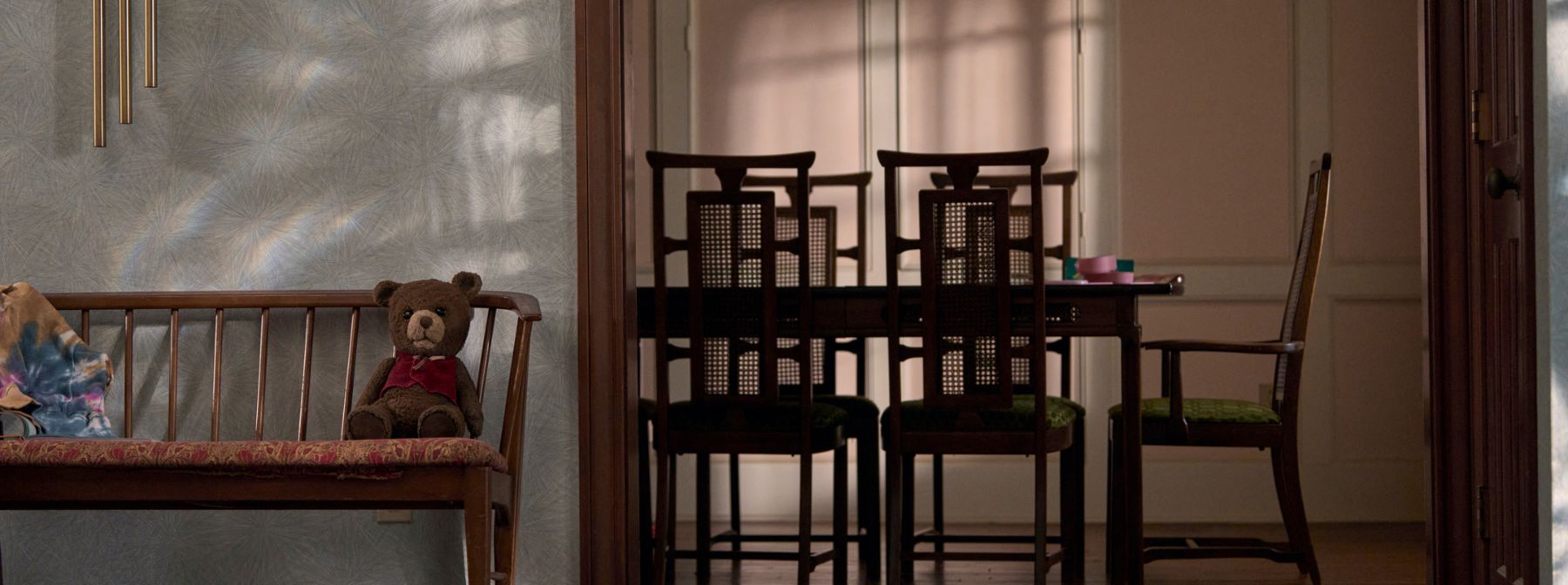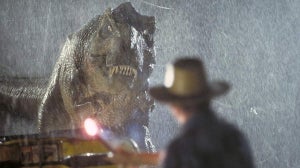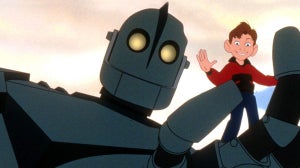
That was certainly the case for British actor Tom Payne, best known for his role as Paul "Jesus" Rovia in The Walking Dead, who told Zavvi: “I don’t remember having an imaginary friend whilst growing up, but you could be psychoanalysed in the future and uncover all these forgotten memories from that early age, which is quite a pertinent experience for this movie especially.
“I know I had a strong imagination as a kid, which is shared by my own son. He’s very young, so watching how his works is fascinating”.
Luckily, Payne’s son doesn’t have the same relationship with an imaginary friend as his screen daughter Alice (Pyper Braun), who discovers the old childhood toy of her stepmother Alice (DeWanda Wise). Naming him Chauncey, she takes the stuffed bear with her everywhere – and it isn’t long until she hears it telling her to hurt herself and her family in an increasingly sinister game.
The Blumhouse release is an old-school psychological fright-fest with no reliance on jump scares and special effects, which was part of the project’s appeal to Payne.
He explained: “There’s something visceral and tactile about a movie like this, where all the effects are practical, and the only CGI has nothing to do with the monsters themselves. It was similar to The Walking Dead, where the Walkers were just actors wearing masks, with no need for CGI enhancement – it really helps the actors, as it makes the danger feel more present.
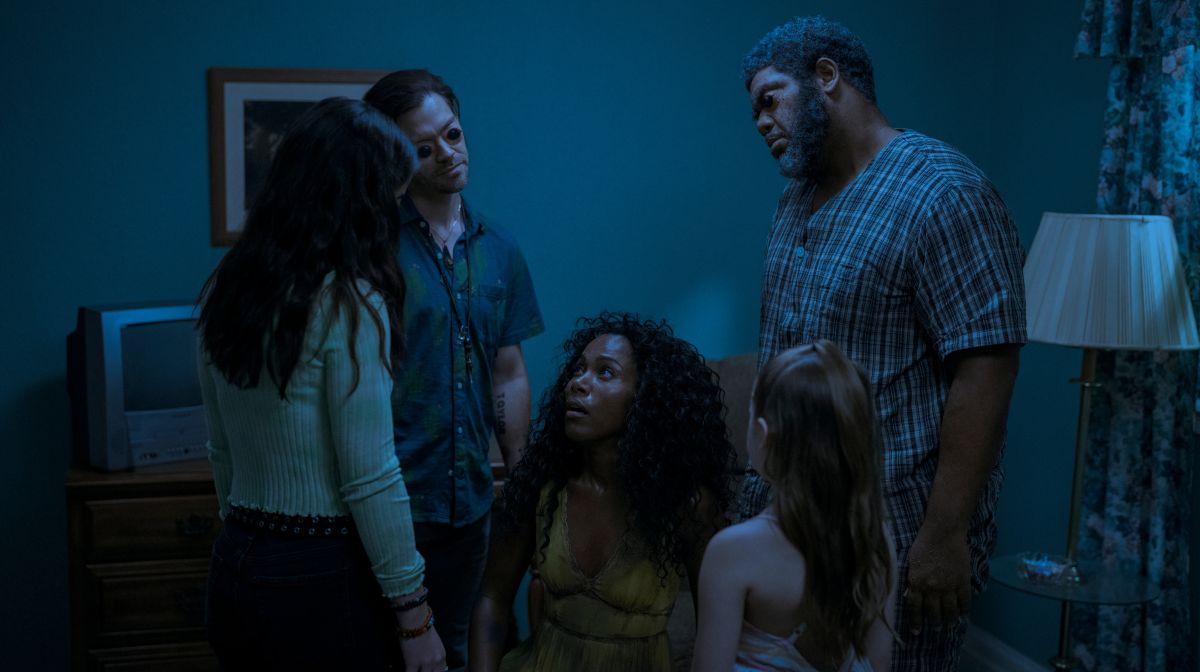
“The best horror stories are the ones that reach in and bring out real fears and emotions, which are scary because of the sheer horror of the possibility that something bad could happen. We all have imaginations, even if they used to be much stronger, so we’re always attuned to the fear that the thing we’re most afraid of could occur at any moment.”
As glimpsed in the film’s trailer, Payne’s character – alongside the vast majority of the central cast – experiences a notable physical transformation as the story progresses. Whilst he prefers horror films that use tactile, practical effects to bring these to life, it doesn’t mean he enjoys having to be part of it.
“When I was on The Walking Dead, people would always ask me if I’d ever want to play a Walker, and my answer was always 100% no! You have to spend hours in makeup, then have to stand out in the blazing sun – it’s a whole other skill and takes a lot more patience.
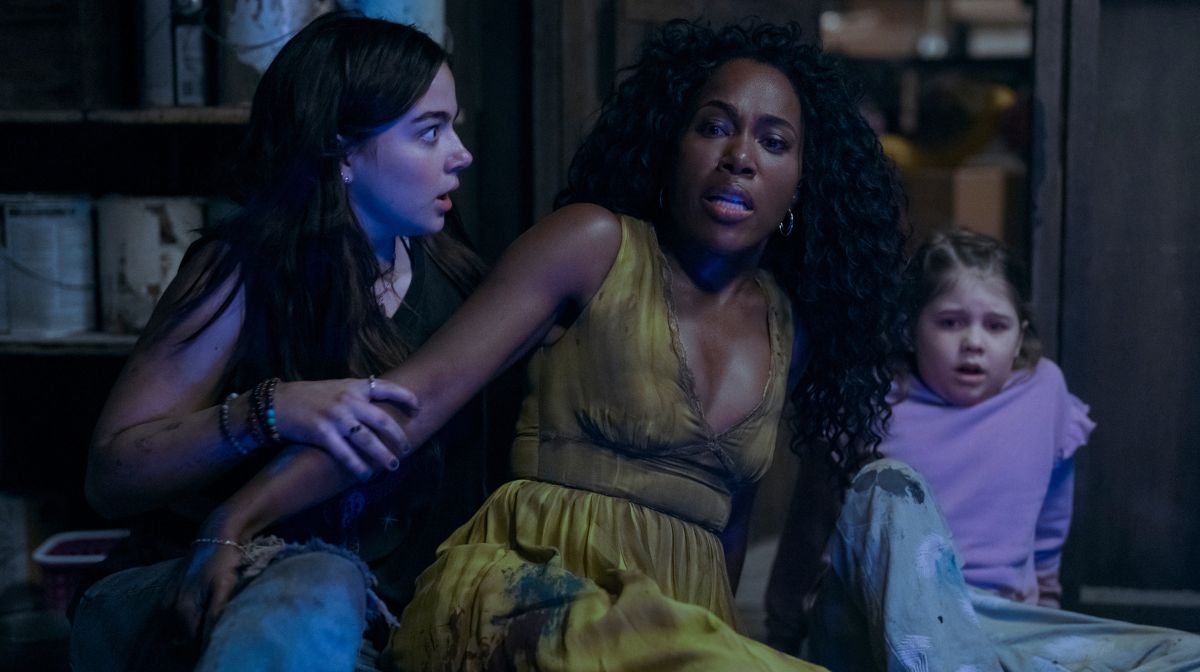
“The scenes in this movie that required makeup weren’t pleasant, and I wouldn’t choose to do them again, but practical effects add a lot more than CGI, and in service to the movie, I’ll always do what looks best. It just would never be my personal choice!
“Years ago I did a movie with Stellan Skarsgård after he’d made the Pirates Of The Caribbean movies, and he told this story about being in the chair for hours every day, getting prosthetic barnacles on his face, which eventually messed with his skin because of how often they needed to be removed and reapplied. But he was working with Bill Nighy, who got to have green dots on his face instead – practical effects add more, but as actors, we’ll always prefer to have another option!”
Payne’s character is a loving father and devoted husband, who he describes as the “most stable character in the movie” due to his dedication to his family – even as he’s a rockstar bassist who will often have to leave at the drop of a hat to go on tour. It’s easy to see him as a stand-in for director Jeff Wadlow, who has spoken about growing up in a household surrounded by strong women, something which influences all of the movies he makes.
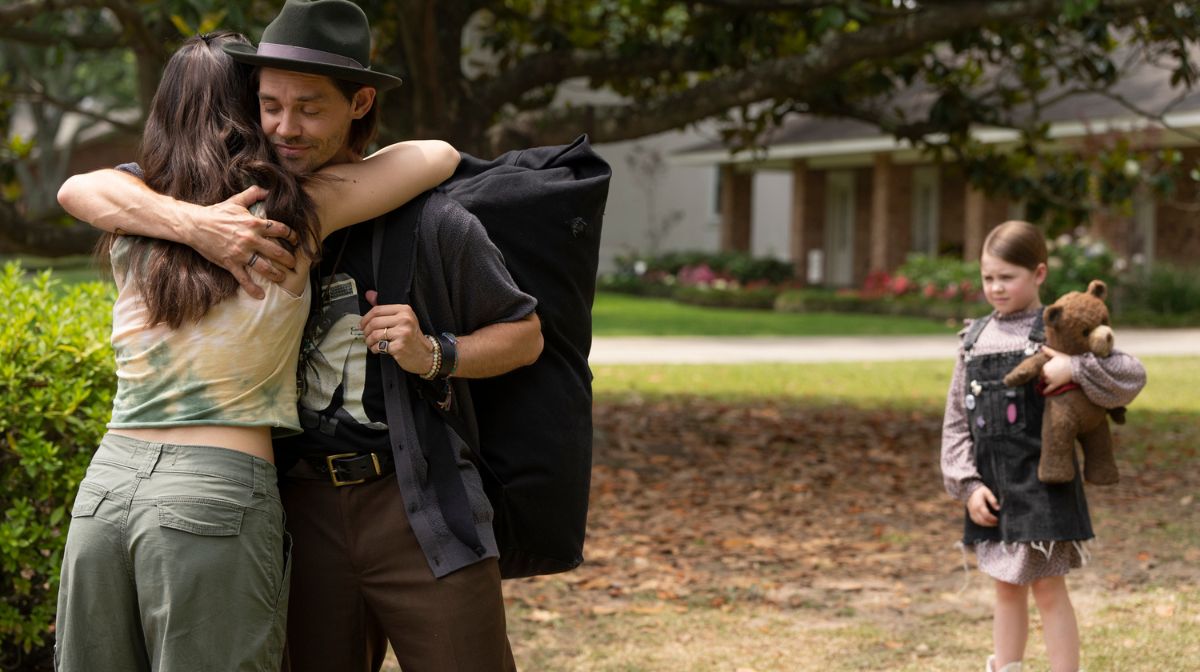
This emerged naturally in the writing process, although as Wadlow told Zavvi, this was originally going to be a very different film altogether.
“I always wanted to make a movie about an imaginary friend, it seemed like fertile ground for a thriller that dealt with subjectivity, asking the audience to question what was real, with the scary potential of a fantasy coming to life. But this transformed into something else when I brought in my co-writers Greg Erb and Jason Oremland, who were trying to get an evil teddy bear movie off the ground – and these two ideas fit each other perfectly.
“Journalists will often say that when a movie has three or more writers, it must have been a troubled production, but collaboration is such a key part of the process. Some of my favourite TV shows are written by huge teams of writers, and that’s what I’ve tried to bring into the film world, as it helps find and fine-tune the voice of a project.”
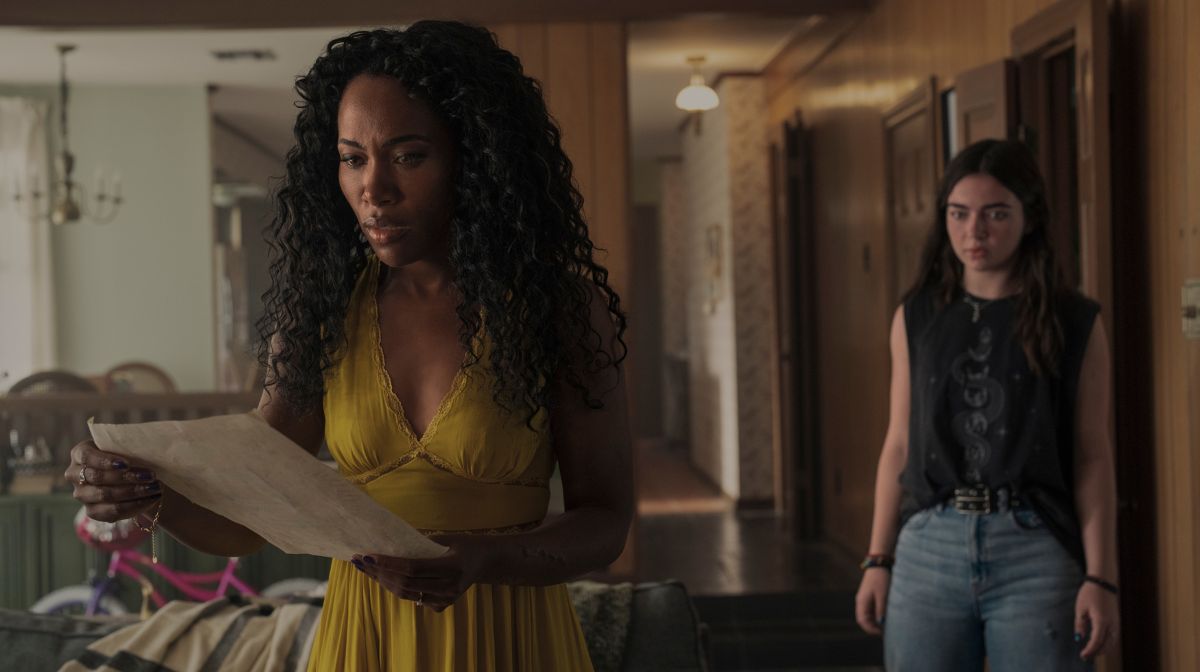
Why was Wadlow so captivated by telling a story of an imaginary friend? Well, for one, as a lifelong film nerd and collector of comic books and action figures, “all (of my) friends were imaginary growing up” – but a more pressing reason was pushing himself to better his previous movies.
“I think my two previous Blumhouse movies – Truth Or Dare and Fantasy Island – are strong entries in their catalogue, but they don’t bear the hallmarks of a classic Blumhouse film. When you think of their movies, you think of a family in a house being haunted by something going bump in the night; I wanted to check those boxes, whilst making something that still felt distinctive to me.”
The director has spoken about Poltergeist as one of the key inspirations that he was trying to evoke, but it wasn’t just haunted house stories that formed the DNA of Imaginary.
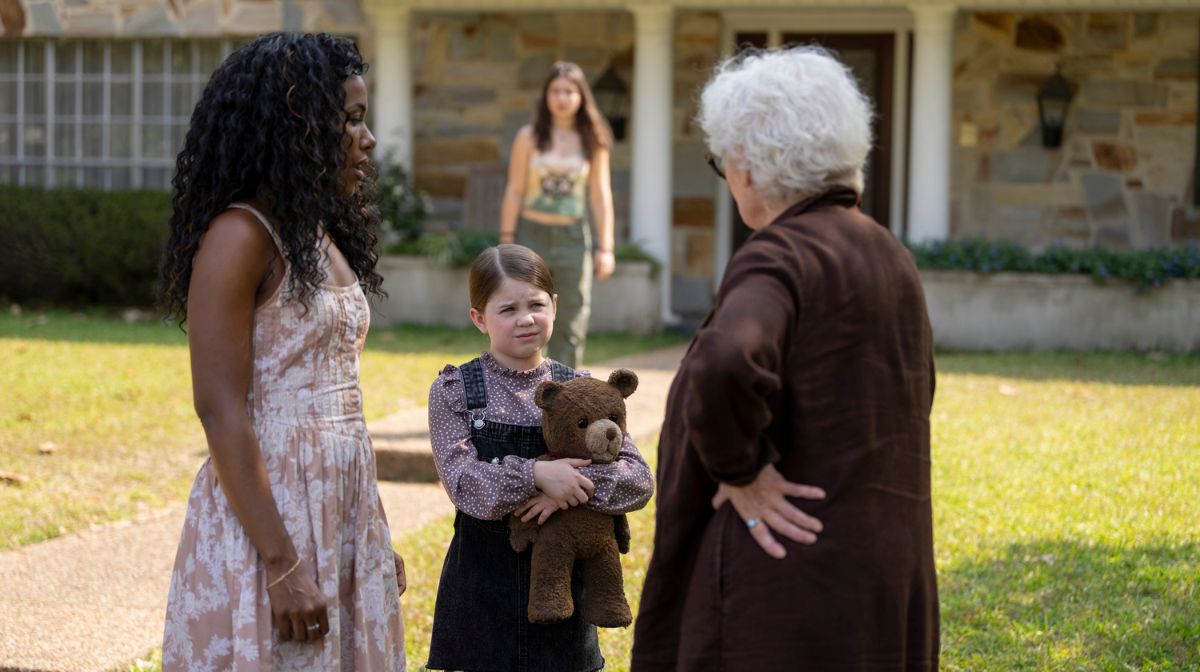
“Another major influence was Pan’s Labyrinth, which is a modern fairytale, a gothic children’s fantasy. If you look at children's stories, especially older ones like Grimm’s fairytales or the works of Lewis Carroll, they're quite horrific.
“There was always an element of danger and darkness to the most popular children’s stories, which definitely influenced the horror fantasy we were making. I mean, I originally saw Poltergeist when I was six and it messed me up, so that might be a little bit too young to see this, but I did want to make a movie for everyone – the scares come from the terror of the unknown, there’s nothing graphic or over the top.”
The biggest challenge was finding the right young actress to star as the young Alice, with Wadlow acknowledging that he had “started to despair” after seeing hundreds of young actresses who weren’t a perfect fit. His fortunes changed when Pyper Braun showed up.
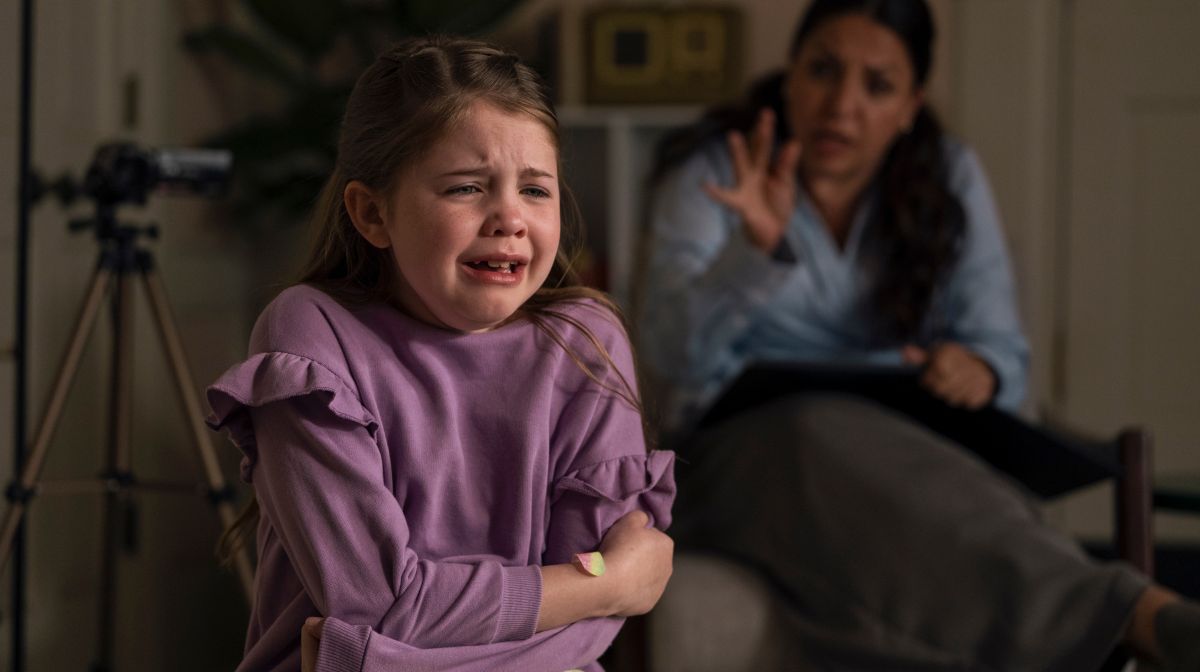
“There’s that old Hollywood expression when someone nails an audition, and you turn to your casting director and yell “get them in makeup” – it’s only happened twice in my career that I’ve been so floored I’ve said that, and it happened after Pyper came in. She did the therapist scene from the movie in one take, and it was as good as what you see in the film, she crushed it.
“Every adult actor in the film will tell you that being in a scene with her was like playing tennis with one of the greats: you had to bring your A-game when she was onscreen with you.”
Looking forward, there are no concrete sequel plans – although Payne has stressed he would love to hear his character’s band’s music, and would happily record original songs for the soundtrack – but Wadlow isn’t ruling out revisiting the idea he had for a scrapped Truth Or Dare sequel.
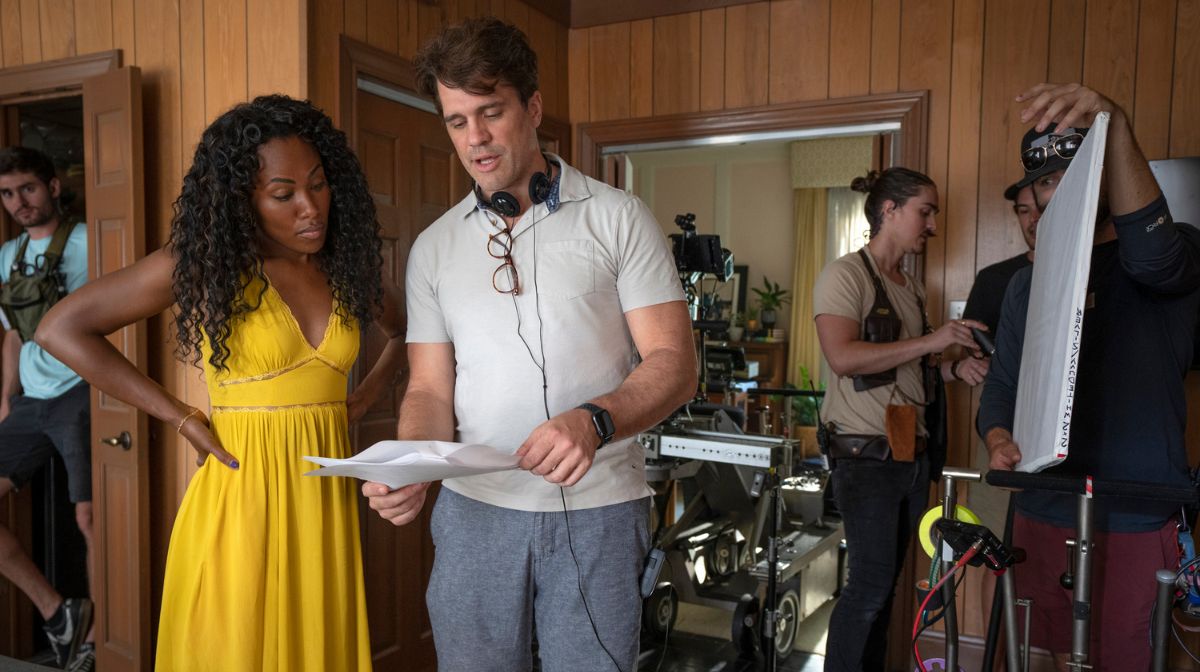
As the characters all died at the end of that one, the plan was to get the actors to return playing fictionalised versions of themselves, haunted by the same curse. You don’t need a meta leap for an Imaginary sequel to work, but the idea is too tantalising to not utilise elsewhere.
“Like all filmmakers, certain ideas float around in my brain and take root, and I’m sure at some point, later in my career but in the not too distant future, I’ll be able to revisit that in some way”…
Imaginary is released in UK cinemas on Friday, 8th March.
